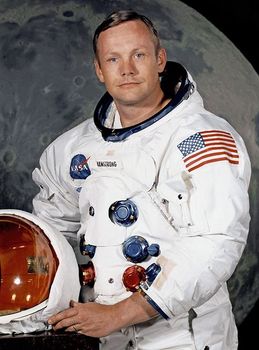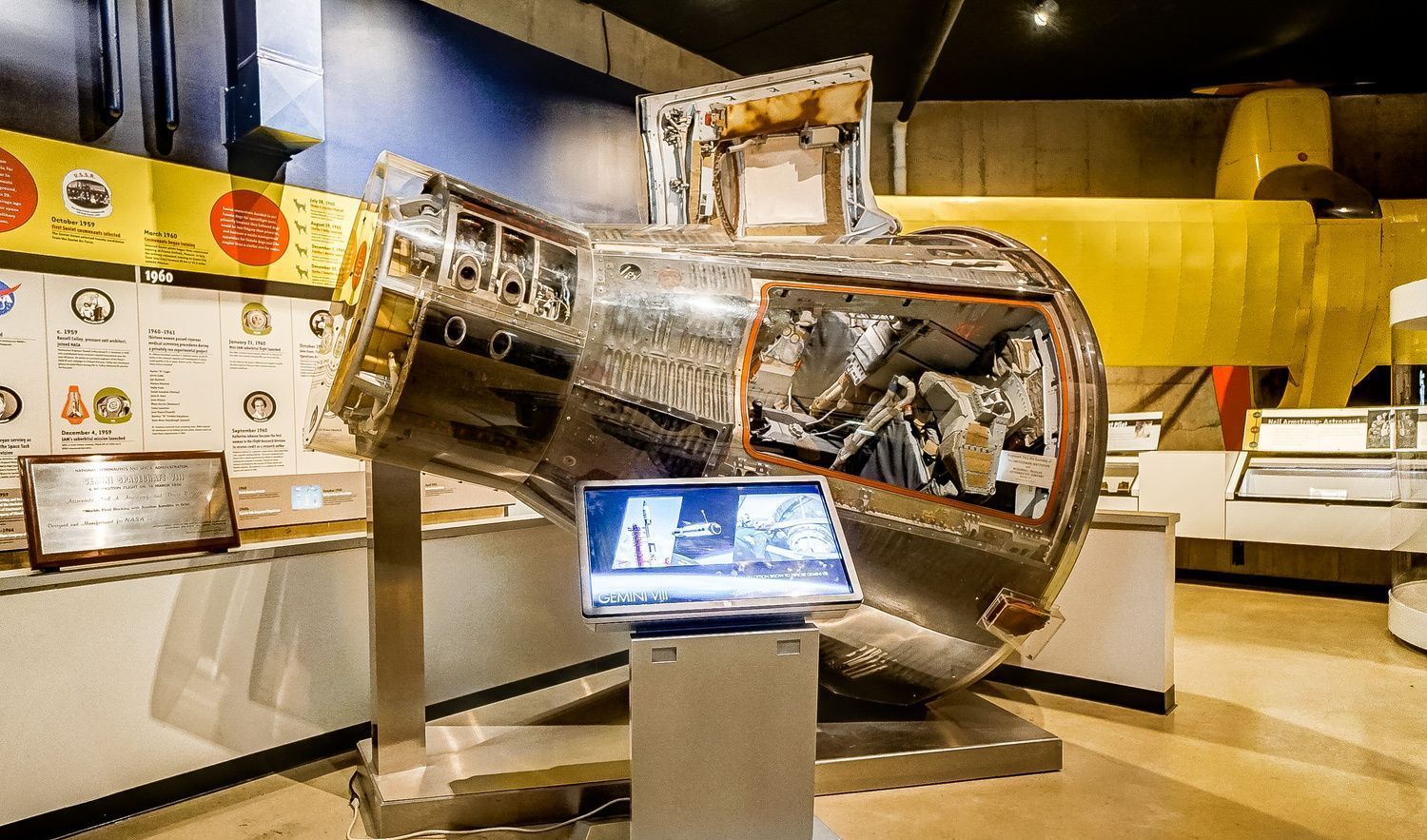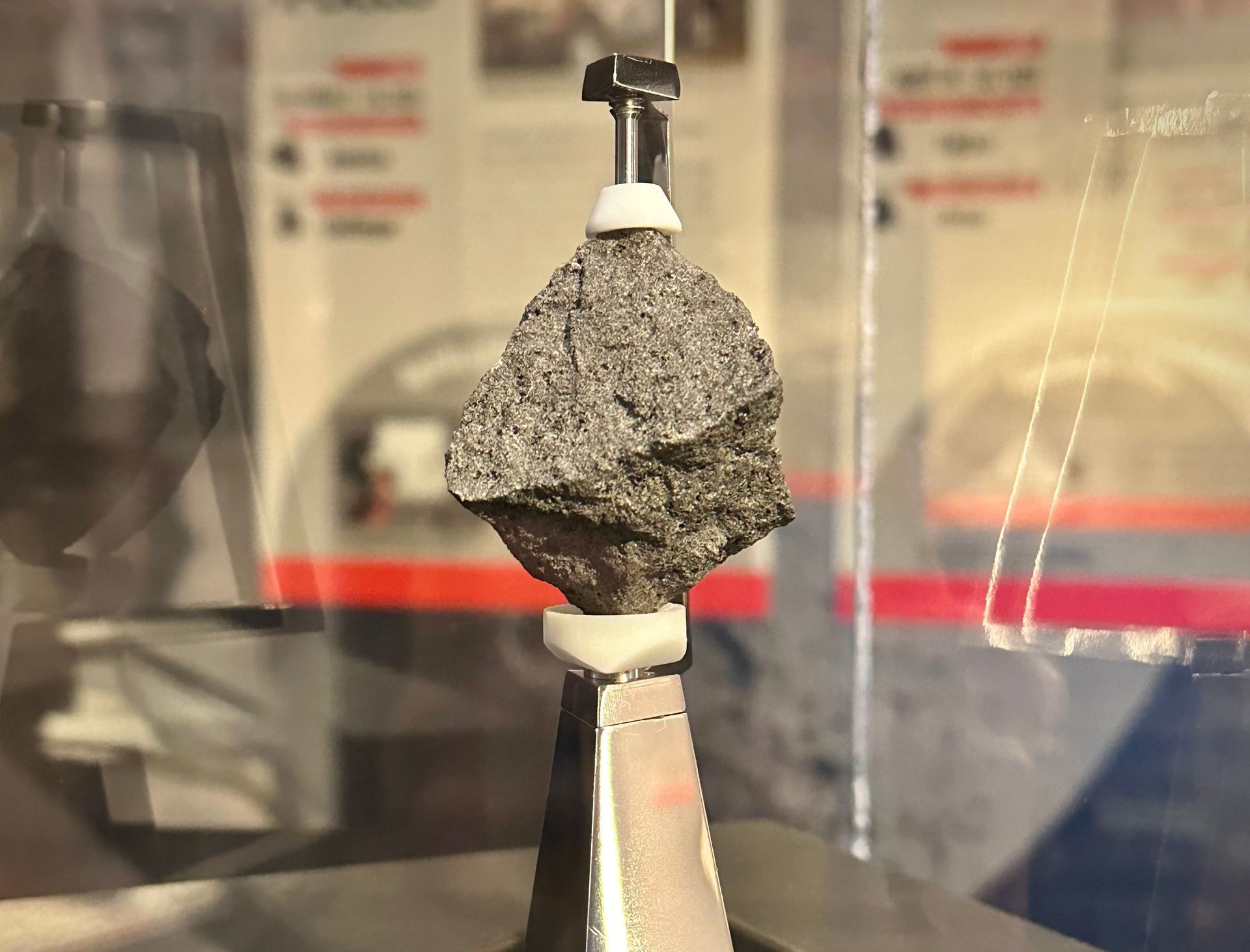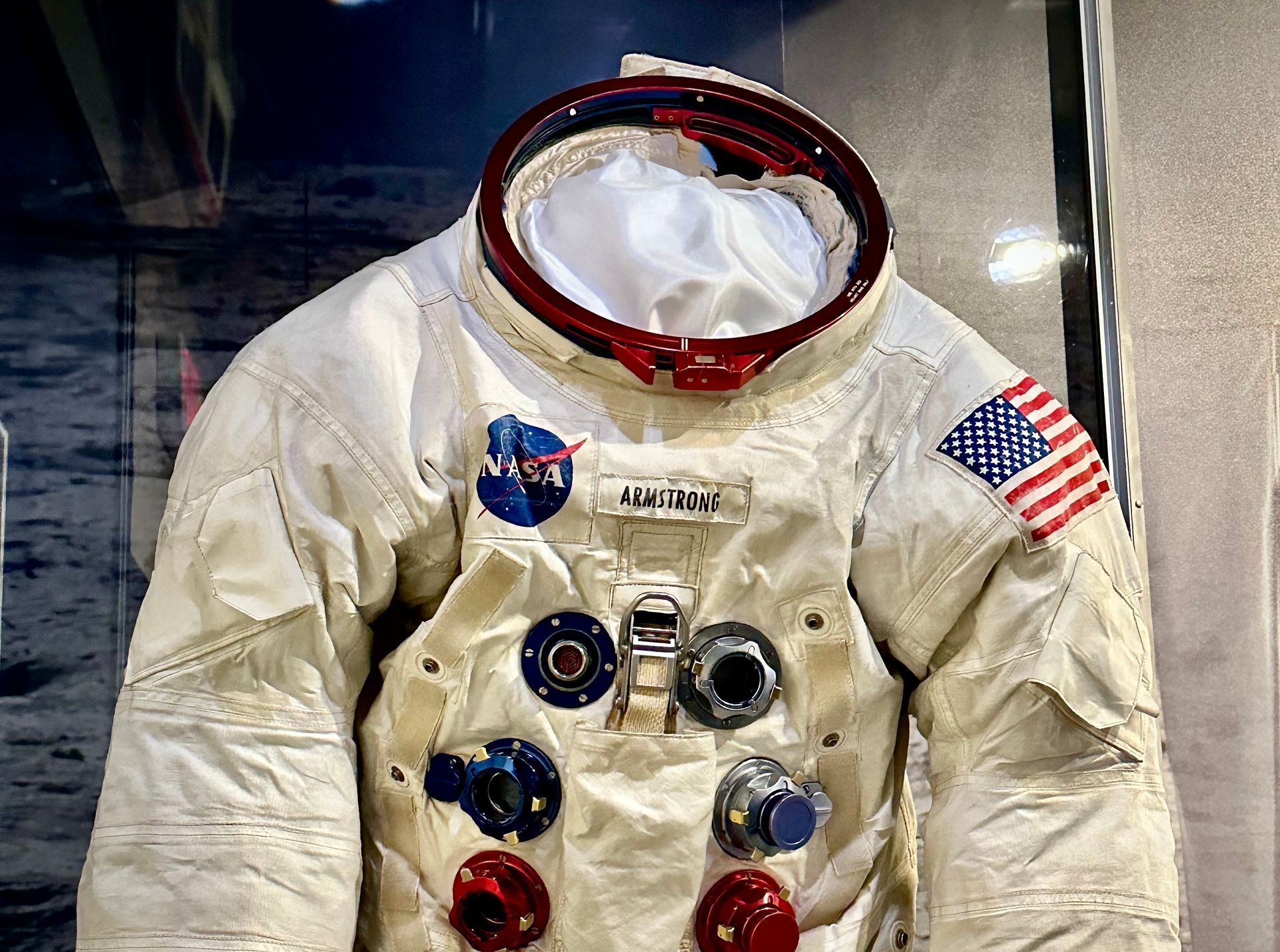Open Tuesday through sunday
10am - 5pm
NEIL ARMSTRONG

On July 20, 1969, the world watched with anticipation as Apollo 11 astronaut Neil Armstrong exited the lunar module and took humanity's first historical step on the Moon. This monumental "giant leap" is undoubtedly one of the most significant and unifying achievements in human history. Today, one major site for preserving this story and America's rich heritage in space exploration is the Armstrong Air & Space Museum, located in Armstrong's hometown of Wapakoneta, Ohio.
WHAT'S HAPPENING
FEATURED EXHIBITS
GEMINI VIII SPACECRAFT
The museum is home to the Gemini VIII spacecraft, flown by Neil Armstrong & David Scott on Mar 16, 1966 to accomplish the first docking of two crafts in space.
APOLLO 11 MOON ROCK
While on their historic Apollo 11 mission in July 1969, Neil Armstrong & Buzz Aldrin collected lunar samples to bring back to Earth, including one our museum has on display.
ARMSTRONG'S SPACESUITS
The museum is honored to have two of Armstrong's spacesuits on public display, along with other NASA and Soviet garments used during the Apollo and Shuttle Era.









